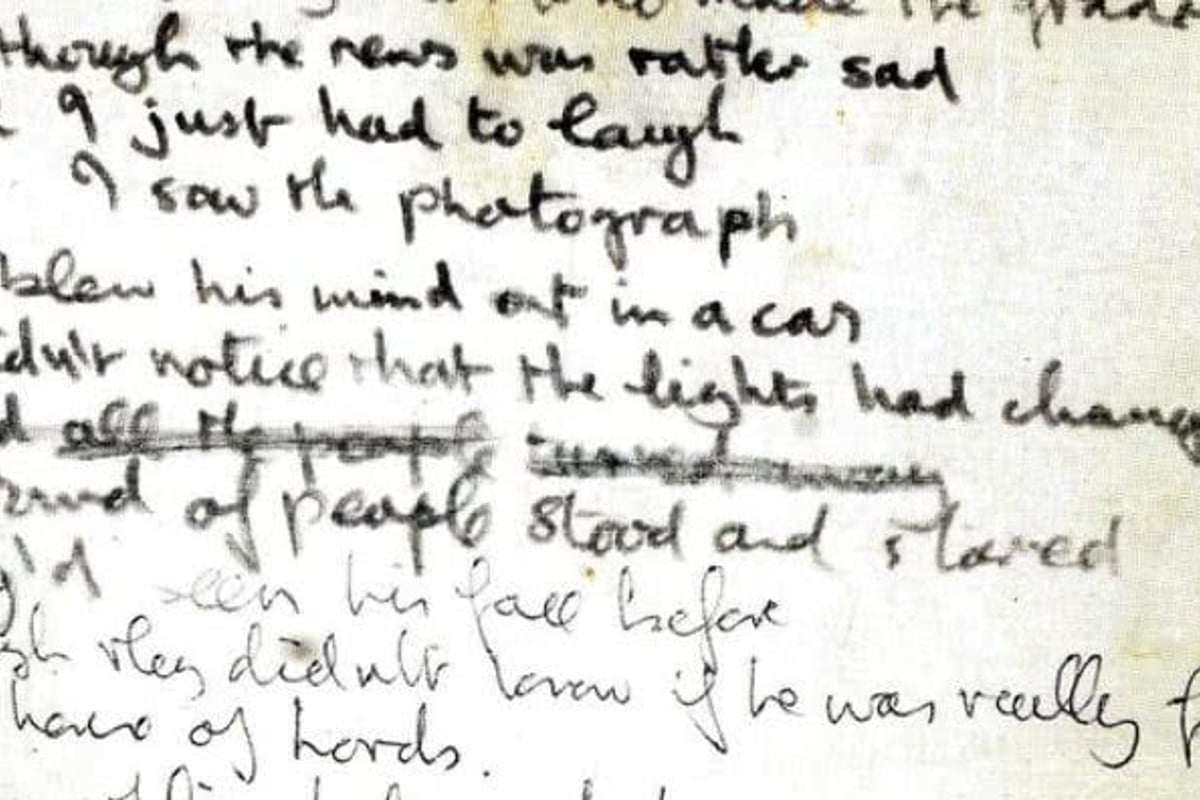The story of the first album to include the lyrics printed with it

It’s hard to believe, but there was a time where printing the lyrics on the sleeve or in the booklet of an album represented a substantial loss of income.
Back in the ’60s, print music was a big deal to music publishing houses – and the lyrics were a major drawcard. It took the Beatles’ kaleidoscopic Sgt. Pepper’s Lonely Hearts Club record in 1967 to change this. But it wasn’t without a battle.
Music publishers Dick James and his business partner Charles Silver owned 50% of Northern Songs, the company founded in 1963 to publish Lennon and McCartney’s songs. [McCartney and Lennon owned 20% each, with manager Brian Epstein taking the remaining 10%.]
When the company was floated in 1965, Lennon and McCartney made a tidy profit, but their percentages dropped to 15% each, while James and Silver still held 37.5%.
In 1967, keeping with the spirit of the times, McCartney pushed to make Sgt. Pepper a complete entertainment package, with a lavish gatefold sleeve, quirky cut-outs and badges inside, and the lyrics printed on the back of the sleeve. James and Silver bristled at the potential lost income from sheet music sales, but were eventually convinced by McCartney.
In Many Years From Now McCartney discusses how he used to always have to go to the bat with the publishers and their label EMI in regards to the innovations the band were later applauded for: thicker album cover cardboard; the individually-number White Album sleeves; the non-inclusion of singles on their albums; the long running length of ‘Hey Jude’; even the iconic Pepper’s cover – there were fears that the people portrayed would sue for breach of their likenesses; McCartney (correctly) argued they would be flattered by their inclusion. McCartney won all these penny-pinching battles, and the world was changed each time.
Innovative ideas are often feared until they are executed successfully and gracefully, and then it quickly becomes hard to imagine a time before they were the norm.
https://www.youtube.com/watch?v=0yVkFW87VyE
This article originally appeared on The Industry Observer, which is now part of The Music Network.






























